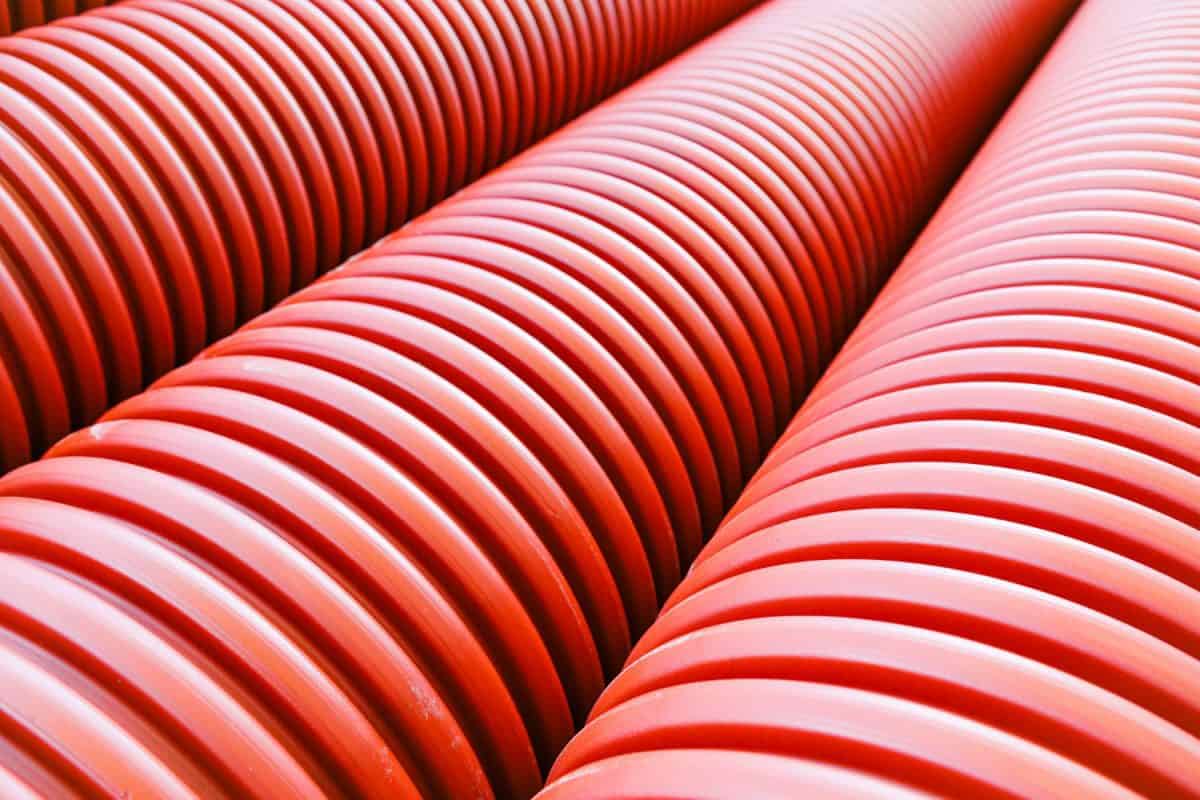
When renovating and arranging the interior we come across many areas that do not look too aesthetically pleasing, but perform important functions in the house e.g. supplying water or gas. Interior decorators have found several interesting solutions how to hide pipes or cables protruding from the walls, so that they do not spoil the aesthetic impression
One of such solutions, which also has a practical use, is properly selected lagging. It is used to properly insulate pipes, which in this way do not give off heat outside the designated areas. Thanks to this, the maintenance costs of heating or water supply systems are significantly reduced. Check which lagging is worth choosing for your apartment.
Proper insulation of pipes is a very important issue, which will significantly reduce heat loss. The material chosen for the lagging should always be matched to the type and type of pipe, which is to surround. In the following text you will learn what kind of lagging should be chosen to make the heating, cooling or water supply system more efficient
The use of insulation lagging has many advantages, which can prove that it is a functional solution and easy to install. It is a form of protecting the system supplying heat or water to the apartment from external factors. It also has its aesthetic benefits, because foam or styrofoam insulation can look better than leaving the pipes uncovered
Low temperatures can cause the water in your pipes to freeze. This is especially true if the installation is located outside the building or in an uninsulated apartment. However, lagging is only a temporary solution, because the long-lasting cold will reach the unused pipes anyway
The main task of pipe lagging is to keep as much heat inside as possible. Losses will always be greater when the temperature outside is much lower than that inside the pipes, so the lagging is a great solution that neutralizes the extrusion process and retains heat in the sections where it is applied tothe pipe.
Condensation on pipes is a very undesirable phenomenon. Water droplets appear on the installation when the temperature between the external environment and the pipes is very different from each other. Persistence of high humidity on the pipes can lead to the development of fungi and mold. Opting for pipe lagging helps to stop this process, as well as maintain a clean floor that is not dripped with water that settles on the pipes
Having your own house or apartment, it is good to protect yourself from various accidents. One of the uninteresting situations is mechanical damage to the pipe due to a strong impact on its shell. Carelessness can lead to dents, cavities, and even permanent perforation of the installation. Lagging protects pipes against unfortunate situations, so we can avoid serious damage, which often requires costly intervention of a specialist.
The lagging is also a protection against vibrations of the installation, which are often transferred between floors in an apartment building. The use of insulation also helps to dampen the noise that comes out of the pipes, which can be a nuisance to sound-sensitive people. From now on, you will not feel when your downstairs neighbor hits your radiator with some object.
Polyethylene foam lagging
Mineral and glass wool lagging
Polystyrene fittings